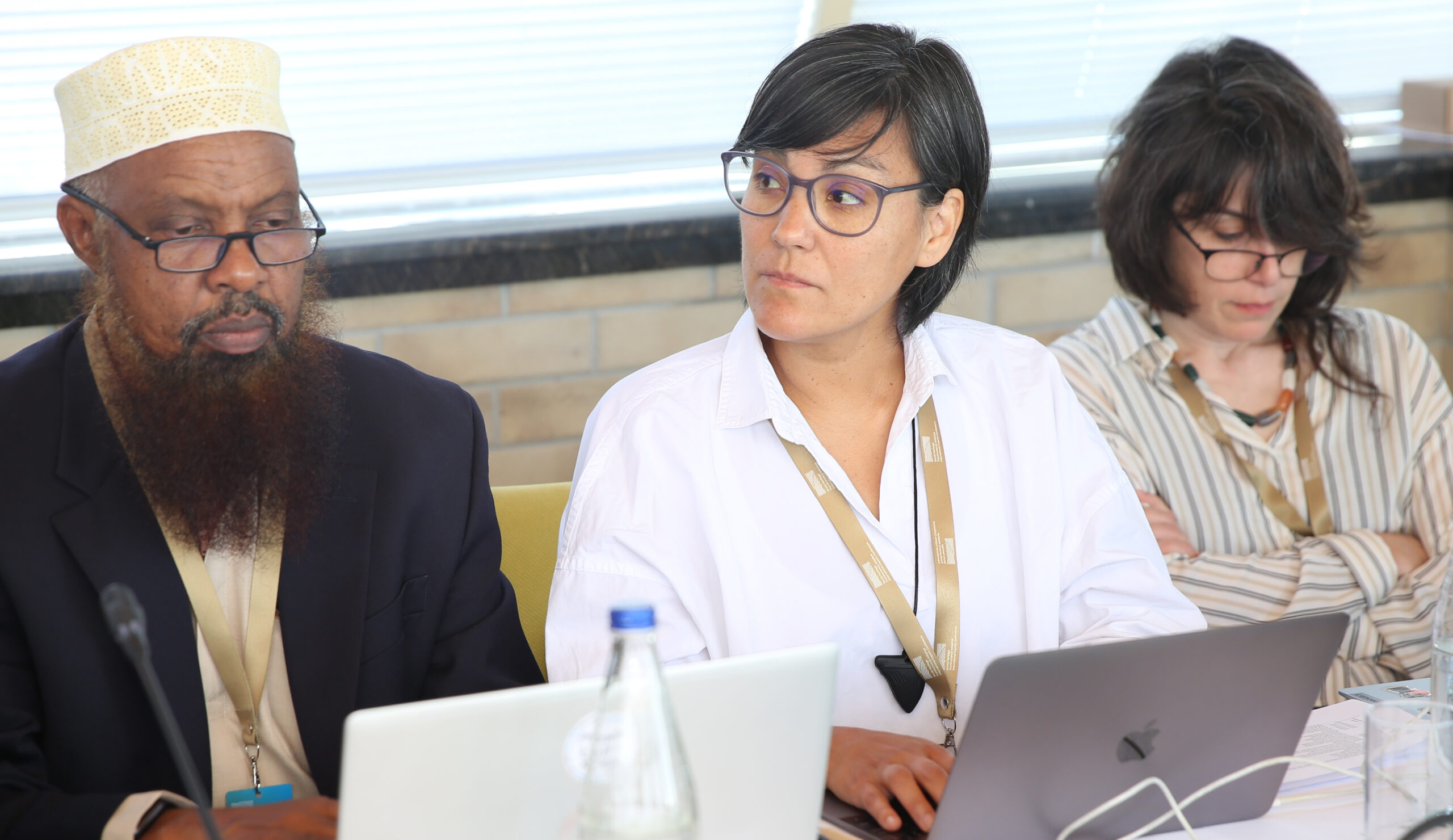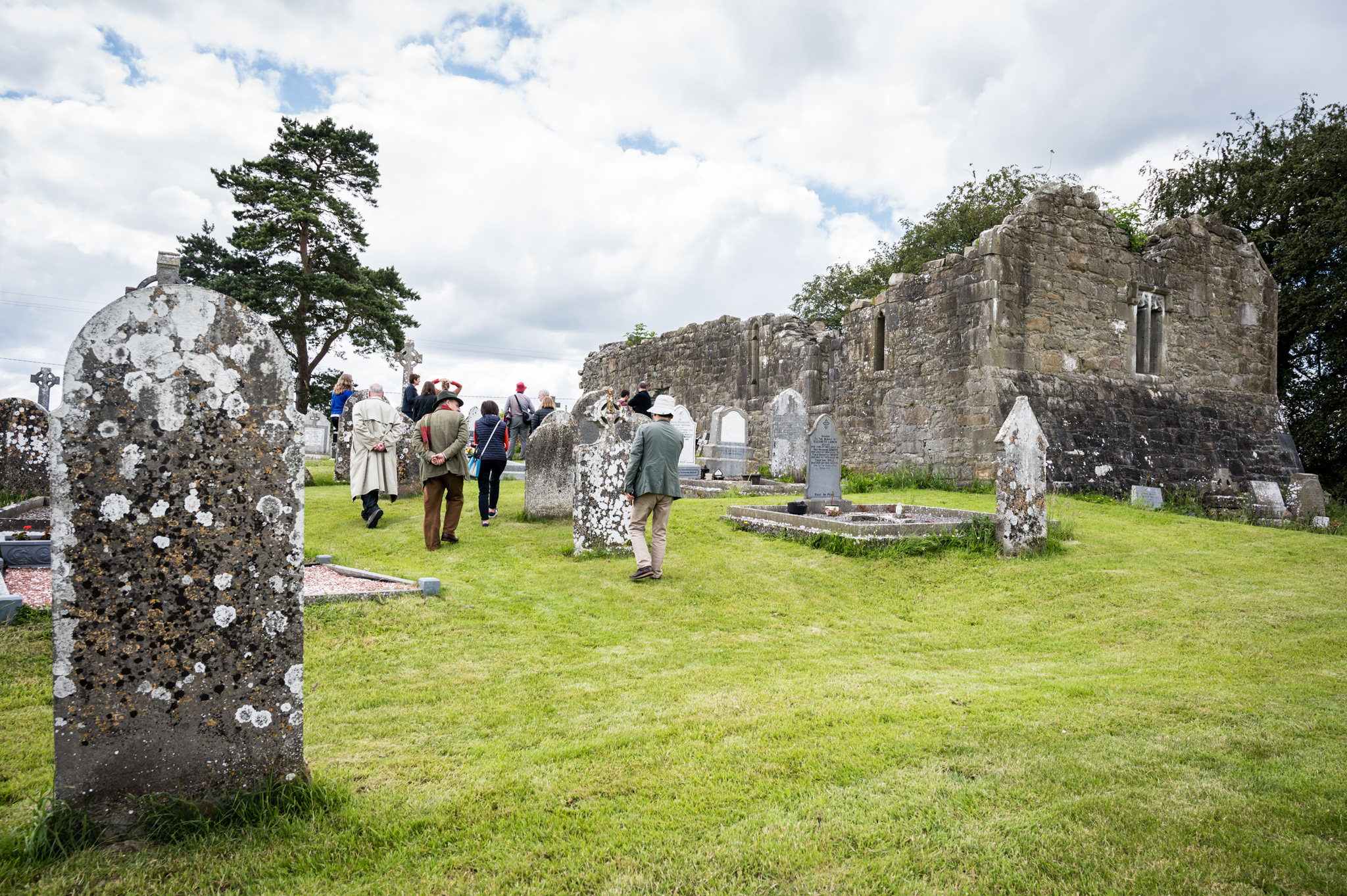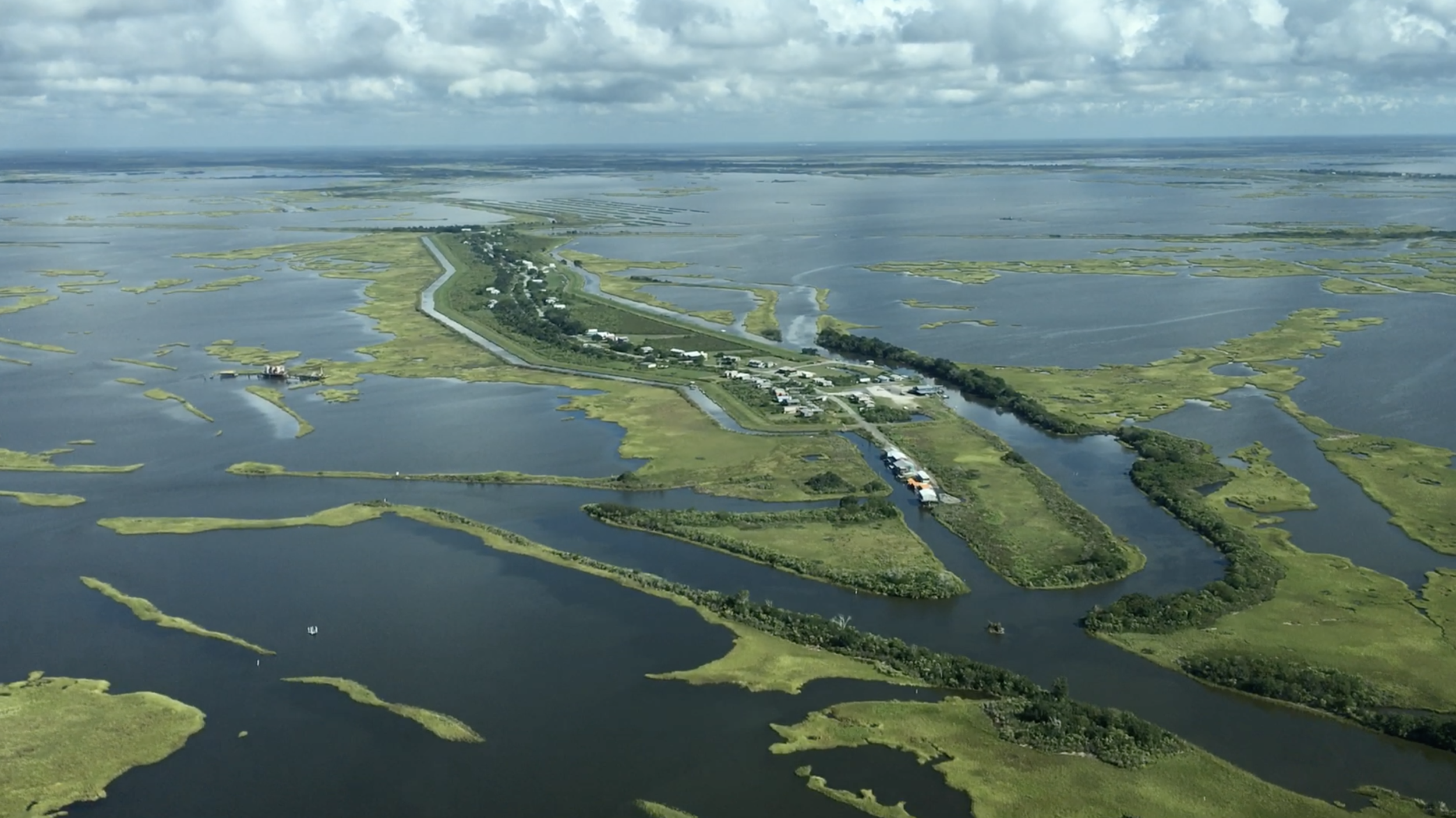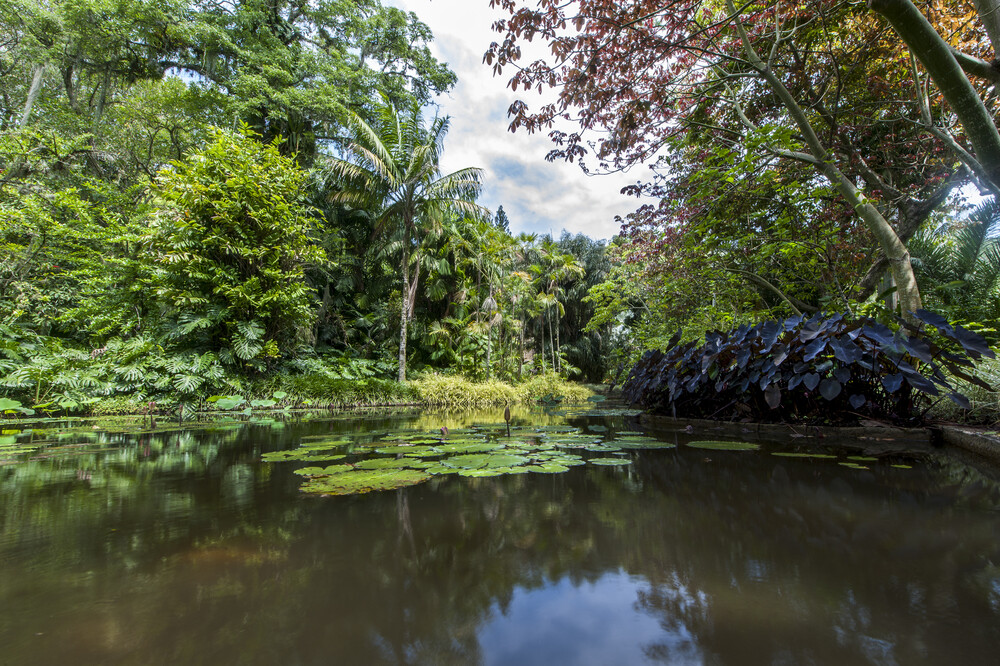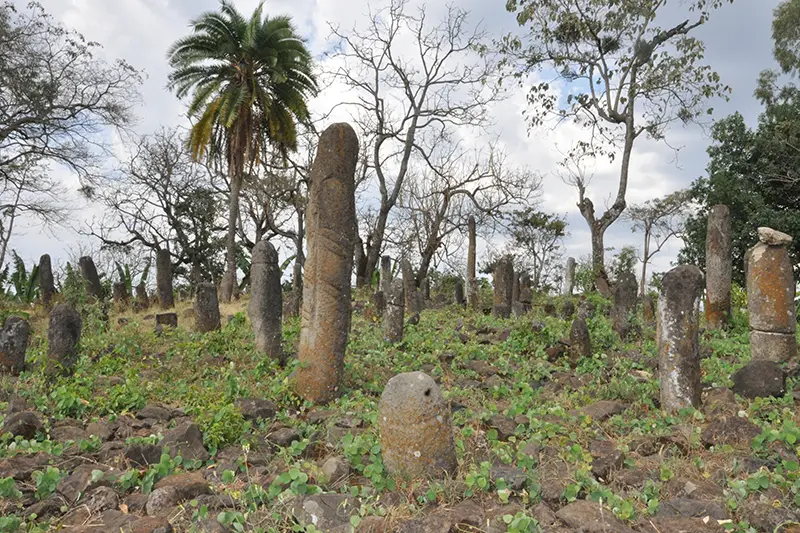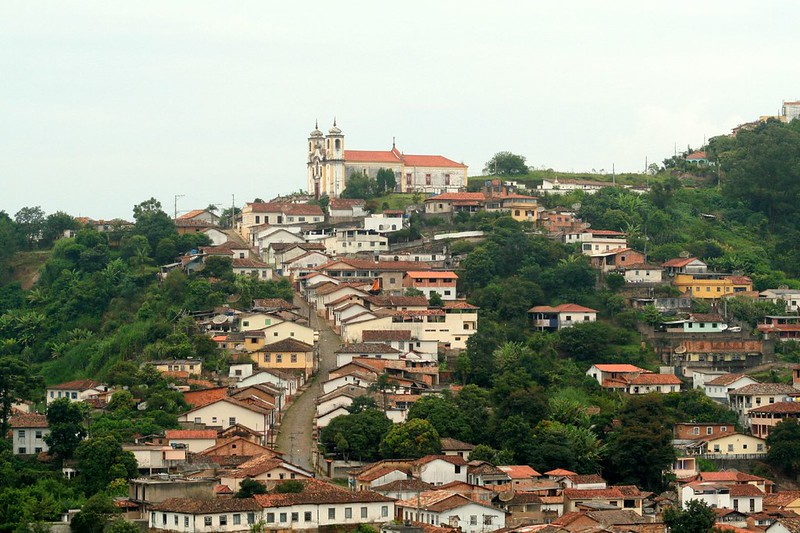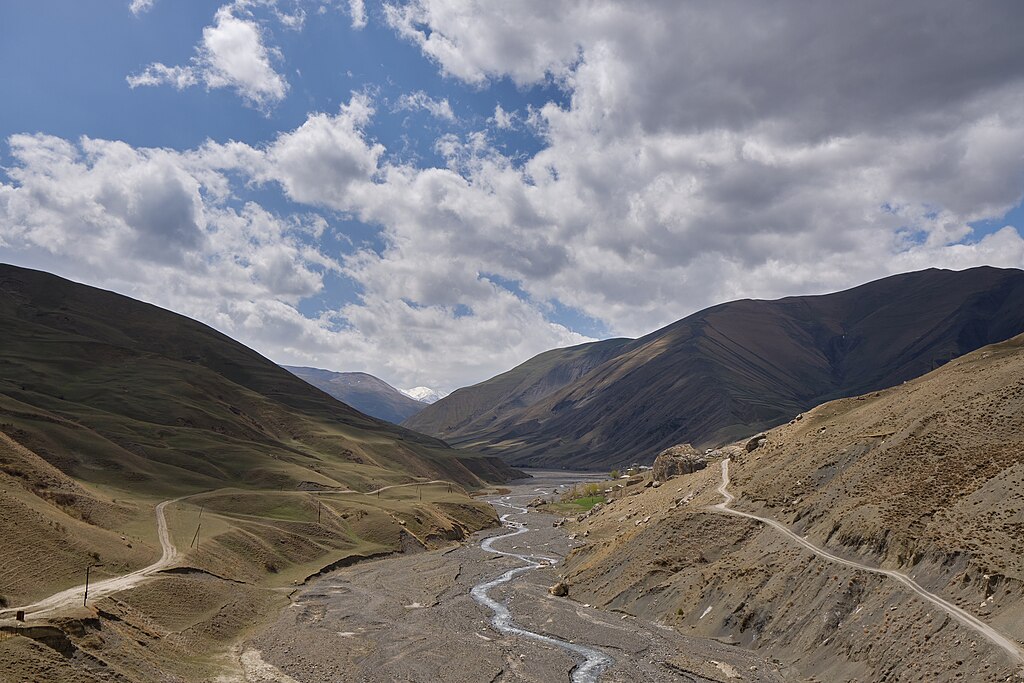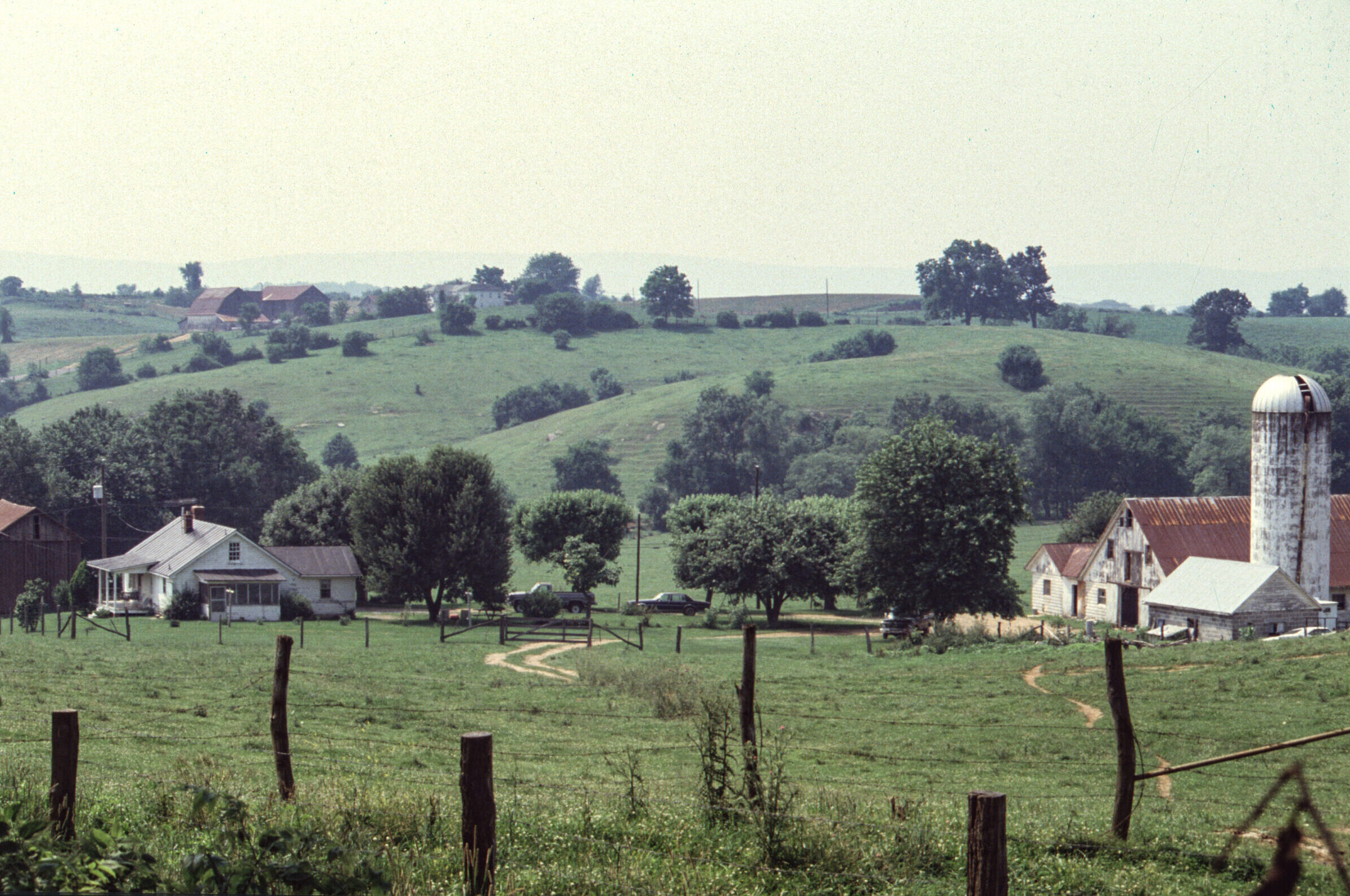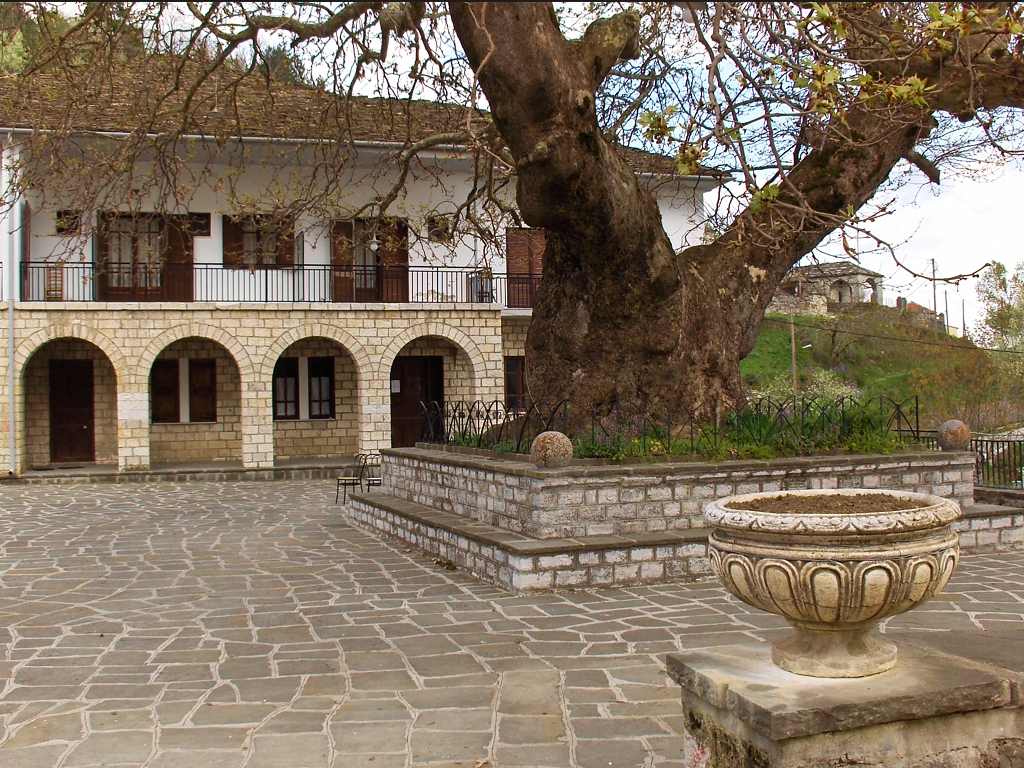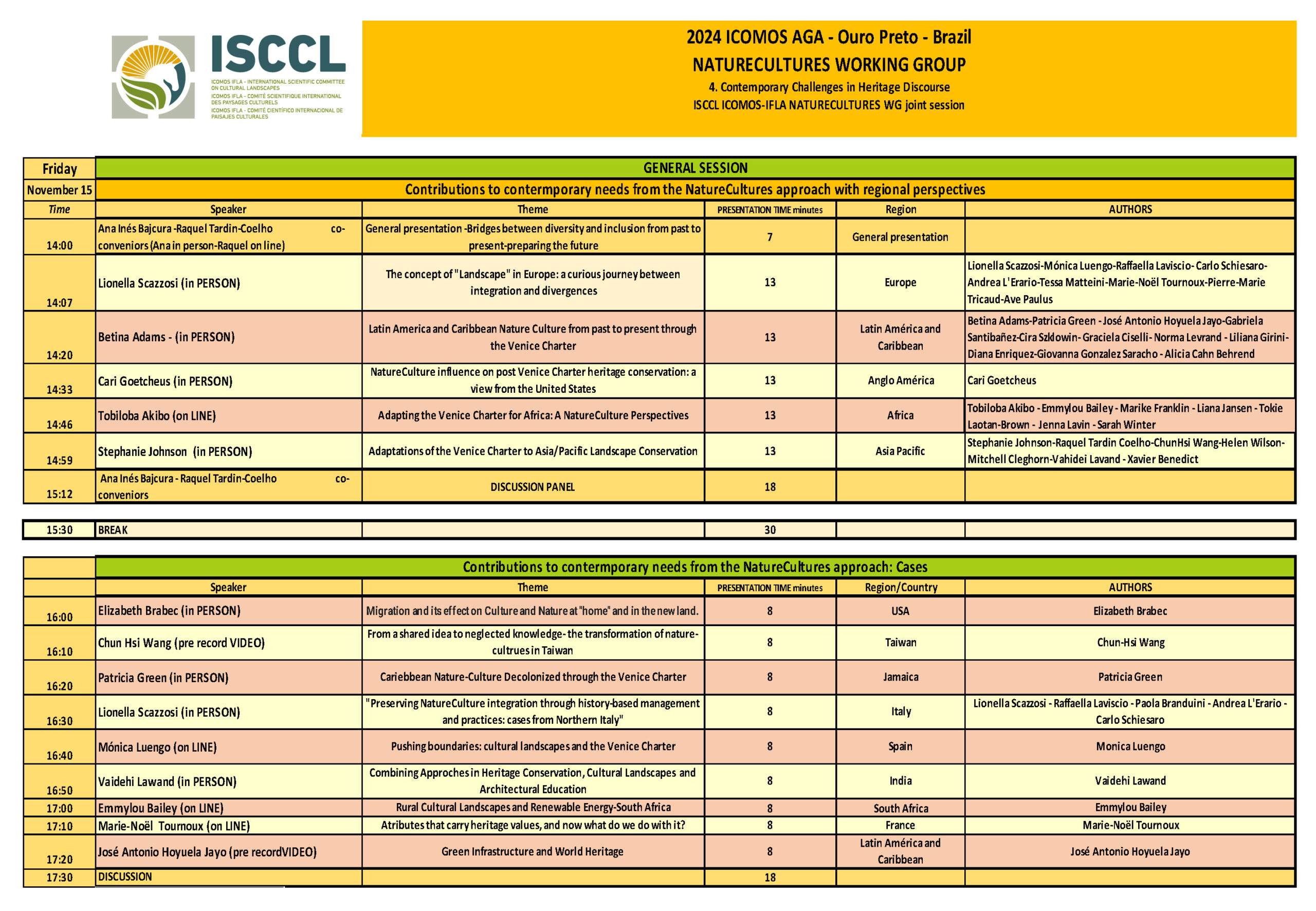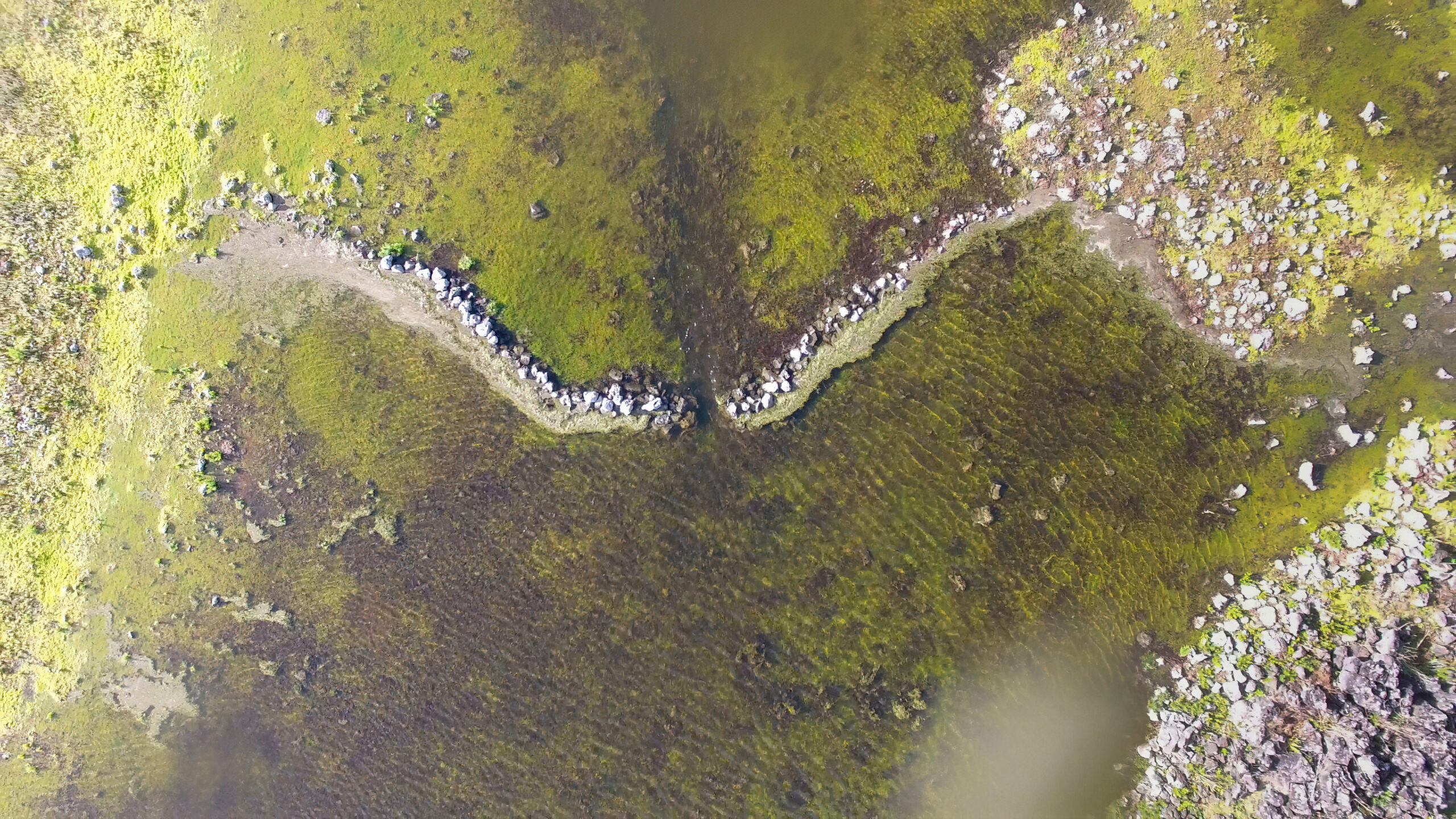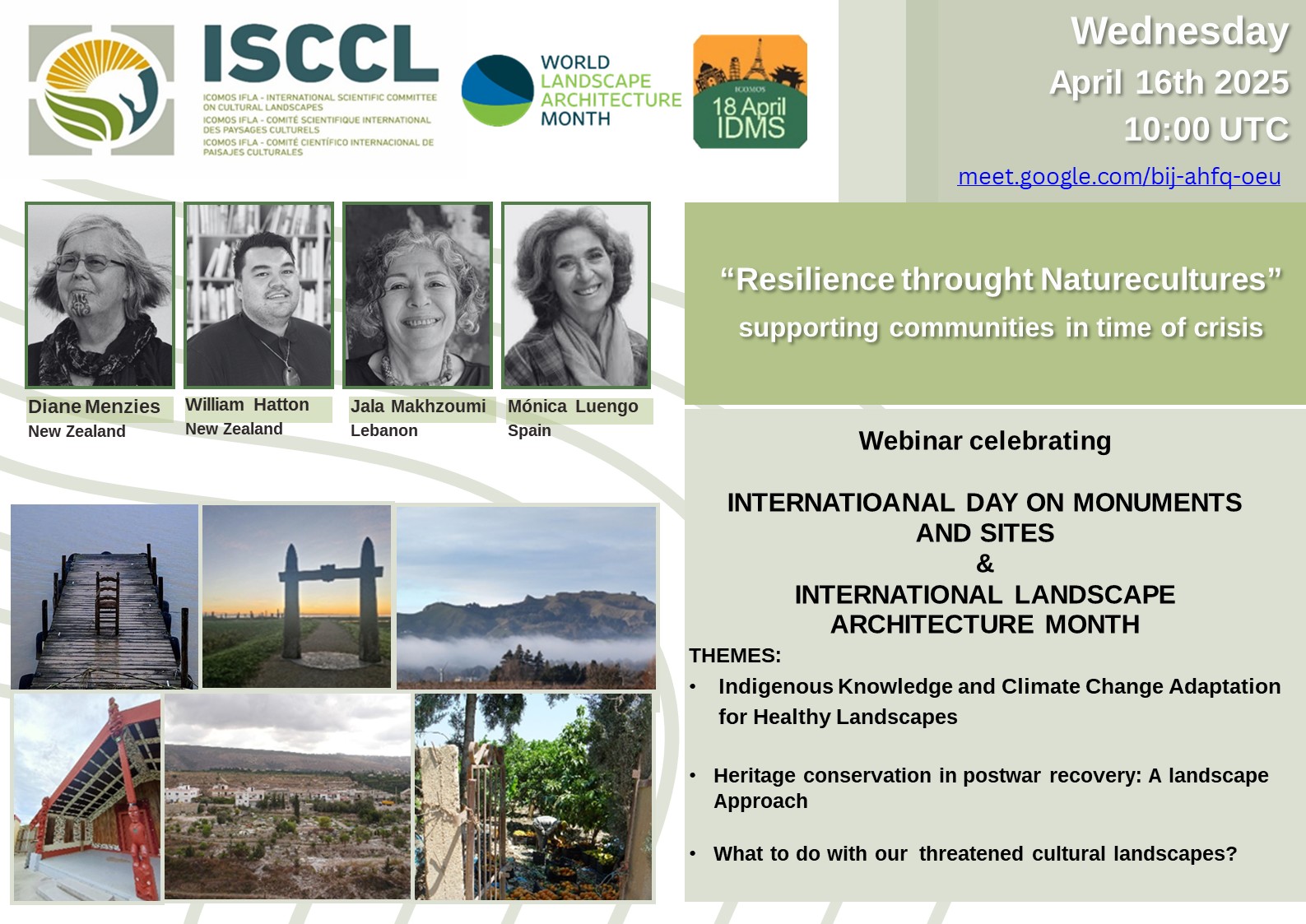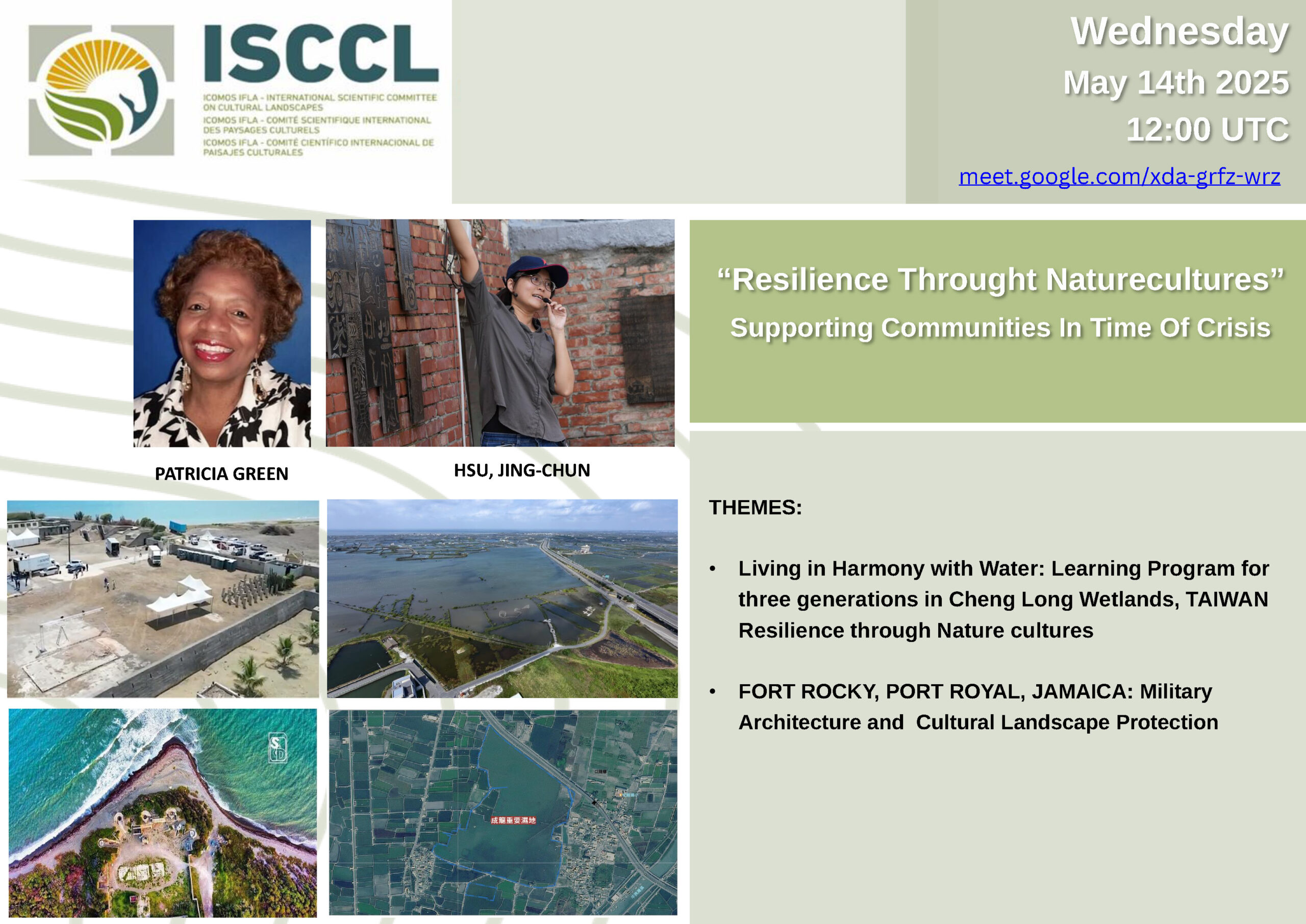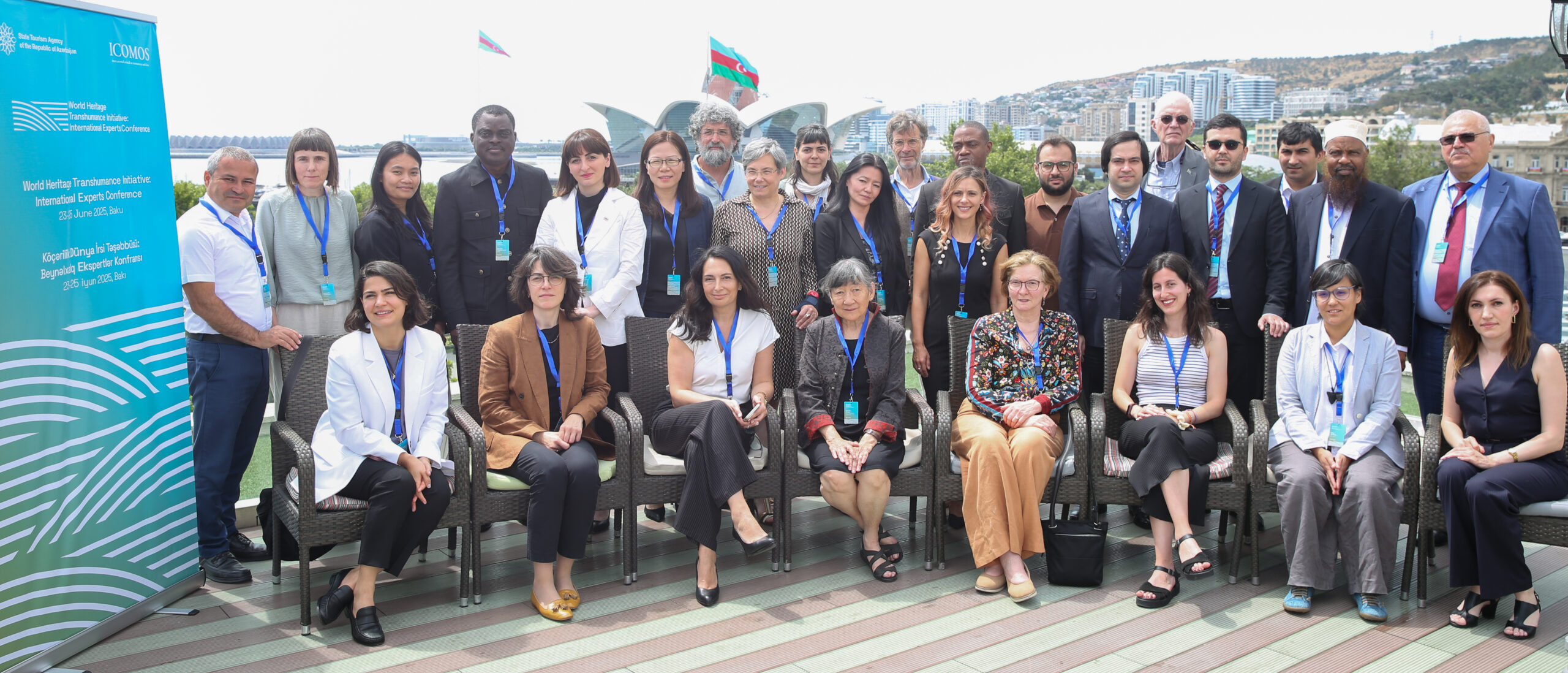Ishizawa: Thoughts from the Baku Transhumance Experts Conference
Image above: Maya Ishizawa Escudero (center) at the Transhumance Experts Meeting, Baku, June 23rd to 25th, 2025 (State Tourism Agency of the Republic of Azerbaijan).
Maya Ishizawa Escudero, ISCCL Secretary General and Transhumance Initiative Core Expert
It has been a great pleasure to get involved in this initiative, especially because it is a topic that I have been interested in for many years. When I was doing research in the mountains of Peru and Spain, I came to understand the challenges of heritage conservation and management in dynamic settings such as pastoralist transhumant systems. The initiative has provided a space to explore this important topic in an interdisciplinary setting, and this exchange has been very inspiring.
During the project development, we learned from diverse sources—scientific literature, practitioners’ publications, and also testimonies from participants in various activities—about the challenges currently faced by transhumance systems globally. We gained insight into the lack of recognition of the benefits transhumance provides to wider society, such as nurturing ecosystem biodiversity and promoting cultural diversity.
We came to understand the limitations that exist in practice within current legal systems and nature conservation agendas, but we also learned about the resilience of transhumant communities, who continuously regenerate their practices and adapt to changing conditions. We came to realise that we still have much to learn from transhumant communities—particularly in the context of climate change—as transhumance practices are constantly adjusted to diverse environments and ongoing changes, both environmental and societal.
From the community’s point of view, we have understood that recognition is important for ensuring the survival of transhumance practices. Enabling their transmission will also depend on the autonomy of communities to continuously pass on their knowledge systems, values, and traditions. Certain infrastructures, rights of way, and rights of access to use and graze pastureland—sometimes located in transnational or transregional areas—are essential parts of these practices.
From a scientific point of view, we have examined the evidence of transhumance surviving for millennia—evidence that is sometimes not obvious to the non-expert eye. This includes the remains of barns and other structures, some of which are still in use by the same communities. Transhumance routes are also continually adapted in response to environmental, cultural, social, economic, and political changes. These shifts influence how transhumance systems must remain flexible, and this flexibility must be recognised and supported.
Governance systems particular to transhumant societies also need to be well understood so that the ways in which decisions are made, and their own ways of doing, are respected. Recognising the diversity of transhumance practices, communities, and knowledge systems—which differ from place to place and reflect distinct cultural outcomes—is essential in the context of heritage protection. While transhumance shares certain common characteristics across systems, it is equally important to acknowledge and value their diversity.
Therefore, it is fundamental to enable continuity by recognising and respecting transhumant communities—without imposing external views or educational systems that disrupt their own modes of knowledge transmission. Instead, there is a need to support the regeneration of practices grounded in their knowledge systems, with people at the heart of the landscape.

